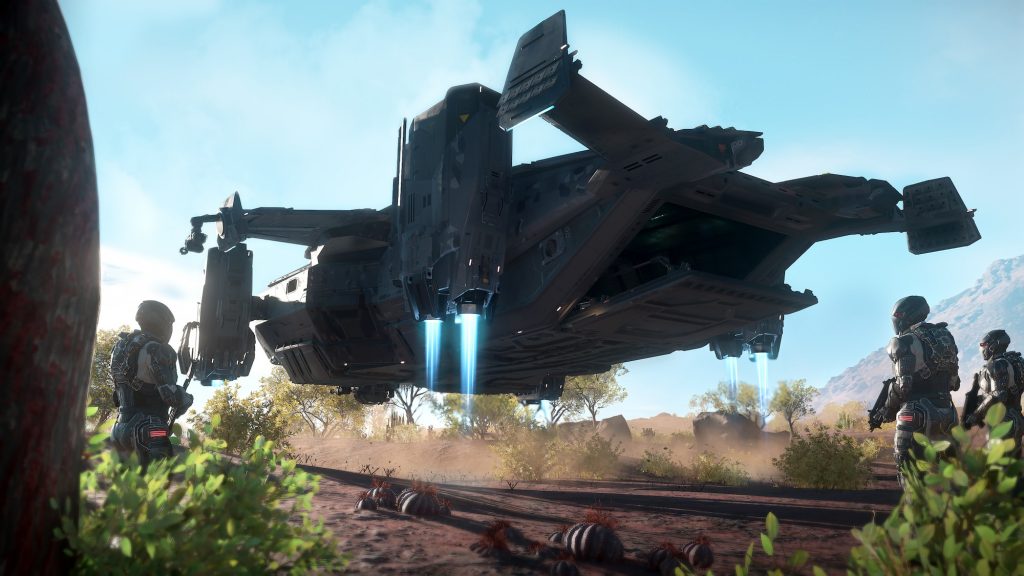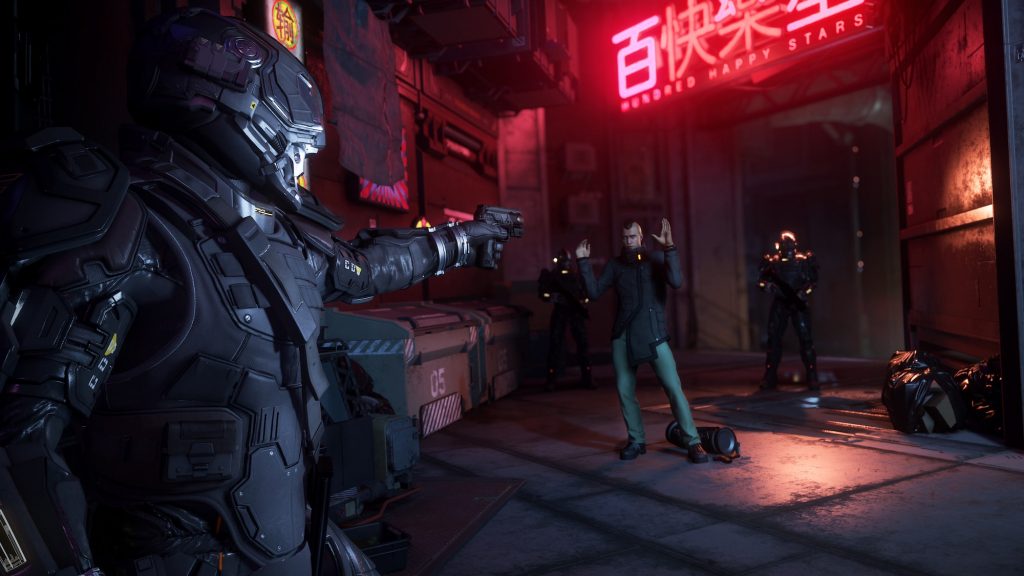Crytek v Star Citizen Lawsuit – Protective Order & Discovery
Star Citizen’s & Crytek’s Lawyers have put in a Protective Order for the Crytek v Star Citizen Lawsuit and any discovery that may take place.
During the Discovery Process, this is where the parties request a lot of information from each other that must be provided like emails, memos, game code and more going back many years. AND if the case does not settle they will start this process.
Recently Crytek were ordered to pay a $500k Bond which will need to be paid by the 21st of August for the Court Case to continue, this bond is for the express purpose of protecting CIG & fees they have incurred should they be the “prevailing party”.
But now both parties have a joint document submitted to the Court to protect their sensitive data from exposure from people like me xD
Let’s Take a Look at what was said & requested, I’ll summarize where possible, also I am not a lawyer and this is my understanding of the case and documents filed.
Discovery in this action is likely to involve production of confidential, proprietary, or private information for which special protection from public disclosure and from use for any purpose other than prosecuting this litigation may be warranted. Accordingly, the parties hereby stipulate to and petition the Court to enter the following Stipulated Protective Order. The parties acknowledge that this Order does not confer blanket protections on all disclosures or responses to discovery and that the protection it affords from public disclosure and use extends only to the limited information or items that are entitled to confidential treatment under the applicable legal principles. The parties further acknowledge that this Stipulated Protective Order does not entitle them to file confidential information under seal.
Basically the parties can’t just file everything under seal, there are standards to meet and they must ask the court for permission.

This action is likely to involve source code, customer and pricing lists, licensing agreements with third parties, and other valuable research, development, commercial, financial, technical and/or proprietary information for which special protection from public disclosure and from use for any purpose other than prosecution of this action is warranted. Such confidential and proprietary materials and information consist of, among other things, confidential business or financial information, information regarding confidential business practices, licensing agreements with third parties, or other confidential research, development, or commercial information, information otherwise generally unavailable to the public, or which may be privileged or otherwise protected from disclosure under state or federal statutes, court rules, case decisions, or common law. Accordingly, to expedite the flow of information, to facilitate the prompt resolution of disputes over confidentiality of discovery materials, to adequately protect information the parties are entitled to keep confidential, to ensure that the parties are permitted reasonable necessary uses of such material in preparation for and in the conduct of trial, to address their handling at the end of the litigation, and serve the ends of justice, a protective order for such information is justified in this matter. It is the intent of the parties that information will not be designated as confidential for tactical reasons and that nothing be so designated without a good faith belief that it has been maintained in a confidential, non-public manner, and there is good cause why it should not be part of the public record of this case.
The protections conferred by this Stipulation and Order cover not only Protected Material (being items considered “CONFIDENTIAL,” “HIGHLY CONFIDENTIAL,” or “CONFIDENTIAL – SOURCE CODE), but also (1) any information copied or extracted from Protected Material; (2) all copies, excerpts, summaries, or compilations of Protected Material; and (3) any testimony, conversations, or presentations by Parties or their Counsel that might reveal Protected Material. Any use of Protected Material at trial shall be governed by the orders of the trial judge. This Order does not govern the use of Protected Material at trial.
Even after final disposition of this litigation, the confidentiality obligations imposed by this Order shall remain in effect until a Designating Party agrees otherwise in writing or a court order otherwise directs.
Each Party or Non-Party that designates information or items for protection under this Order must take care to limit any such designation to specific material that qualifies under the appropriate standards. The Designating Party must designate for protection only those documents, items, or oral or written communications that qualify so that other material, documents, items, or communications for which protection is not warranted are not swept unjustifiably within the ambit of this Order.
Mass, indiscriminate, or routinized designations are prohibited. Designations that are shown to be clearly unjustified or that have been made for an improper purpose (e.g., to unnecessarily encumber the case development process or to impose unnecessary expenses and burdens on other parties) may expose the Designating Party to sanctions.
If it comes to a Designating Party’s attention that information or items that it designated for protection do not qualify for protection, that Designating Party must promptly notify all other Parties that it is withdrawing the inapplicable designation.
Any Party or Non-Party may challenge a designation of confidentiality at any time that is consistent with the Court’s Scheduling Order.

A Receiving Party may use Protected Material that is disclosed or produced by another Party or by a Non-Party in connection with this Action only for prosecuting, defending, or attempting to settle this Action.
Protected Material must be stored and maintained by the Receiving Party at a location and in a secure manner that ensures that access is limited to the persons authorized under this Order.
Based on how material is classified, different parties involved with the case are able to view it & source code is classified as highly confidential BUT The Parties shall meet and confer and enter into a separate agreement and/or stipulated protective order, incorporating by reference the terms herein, regarding the procedures and protocol for the production and/or inspection of information designated as “CONFIDENTIAL – SOURCE CODE.”
The Designating Party shall bear the burden and expense of seeking protection in that court of its confidential material and nothing in these provisions should be construed as authorizing or encouraging a Receiving Party in this Action to disobey a lawful directive from another court.
If a Receiving Party learns that, by inadvertence or otherwise, it has disclosed Protected Material to any person or in any circumstance not authorized under this Stipulated Protective Order, the Receiving Party must immediately (a) notify in writing the Designating Party of the unauthorized disclosures, (b) use its best efforts to retrieve all unauthorized copies of the Protected Material, (c) inform the person or persons to whom unauthorized disclosures were made of all the terms of this Order, and (d) request such person or persons to execute the “Acknowledgment and Agreement to Be Bound”.
After the final disposition of this Action, within 60 days of a written request by the Designating Party, each Receiving Party must return all Protected Material to the Producing Party or destroy such material.
Counsel are entitled to retain an archival copy of all pleadings, motion papers, trial, deposition, and hearing transcripts, legal memoranda, correspondence, deposition and trial exhibits, expert reports, attorney work product, and consultant and expert work product, even if such materials contain Protected Material. Any such archival copies that contain or constitute Protected Material remain subject to this Protective Order. Any violation of this Order may be punished by any and all appropriate measures including, without limitation, contempt proceedings and/or monetary sanctions.

All of this becomes Academic if the parties settle, which is very possible (and in fact both parties and the court have recently acknowledged they are trying to come to a settlement) ALSO if Crytek do not pay the $500k bond again that would be the end of this case, at least in the short term. However if nothing changes then discovery will start & there will be a trial currently listed at starting March 24, 2020. Something I would expect both parties would want to avoid… but since the main meat of Crytek’s case has been dismissed already & with a large chunk of their money used for a bond… they are much more likely to want to push for settlement before costs mount up and CIG potentially become the prevailing party in this case.
The fact that the parties want certain documents to be protected is totally reasonable, I’ve seen wild theories from people as to why, But what do you think?